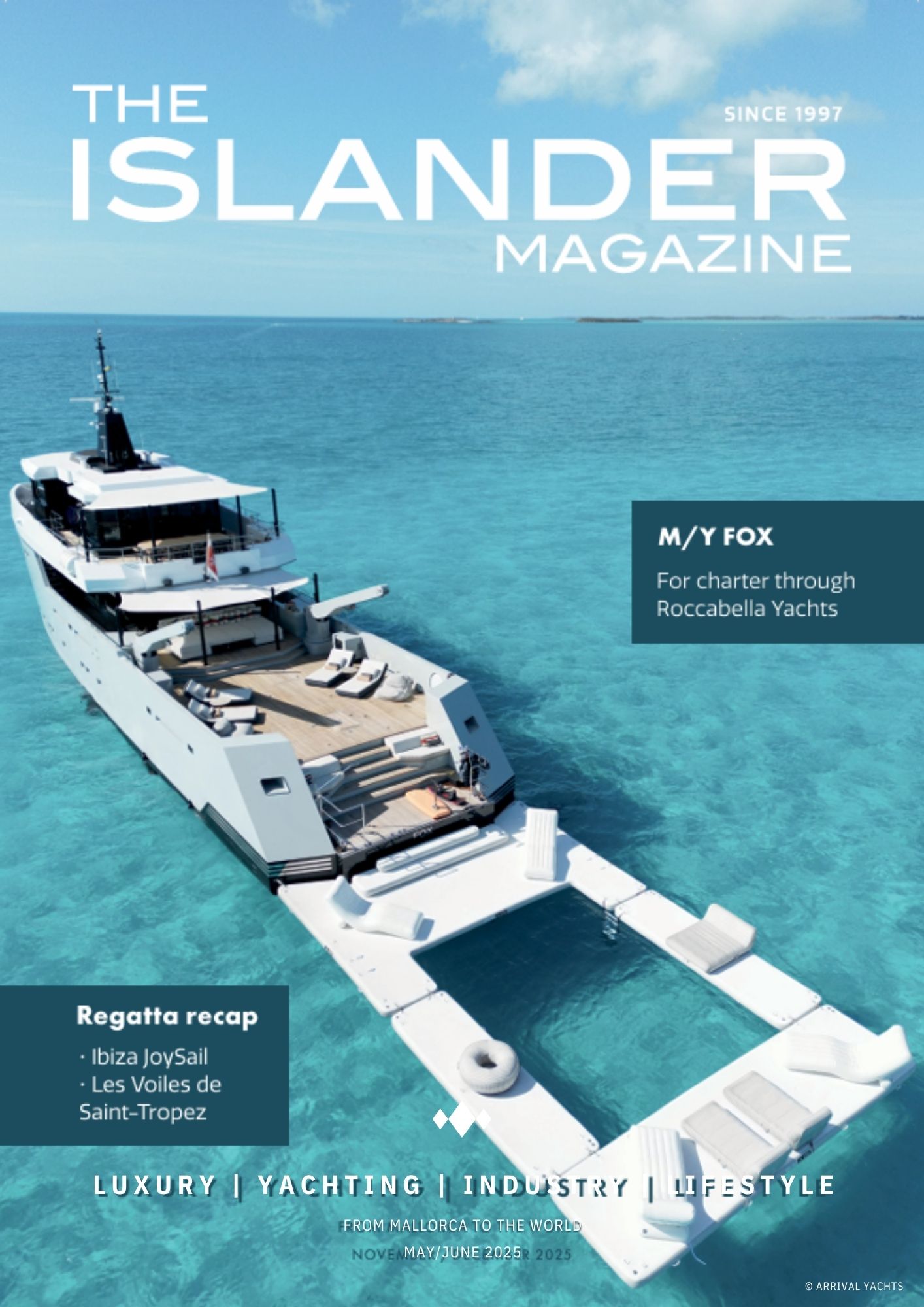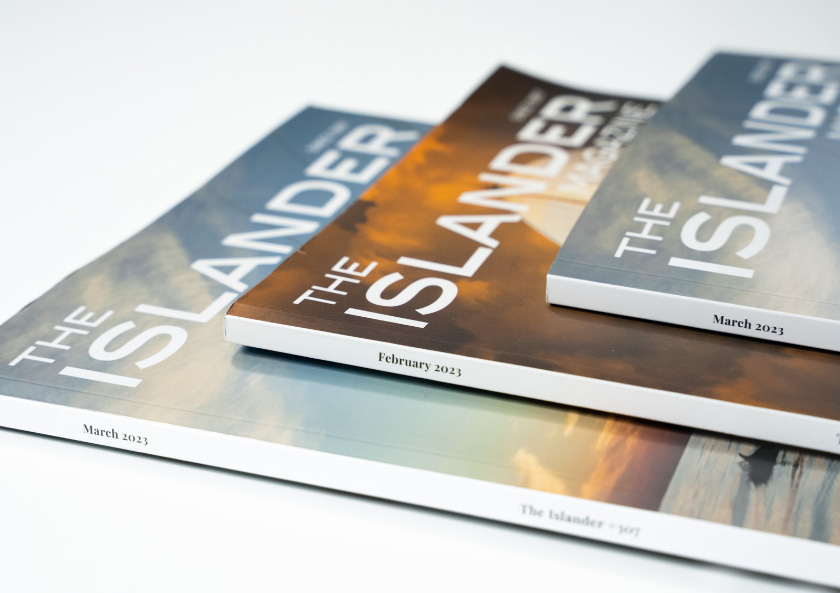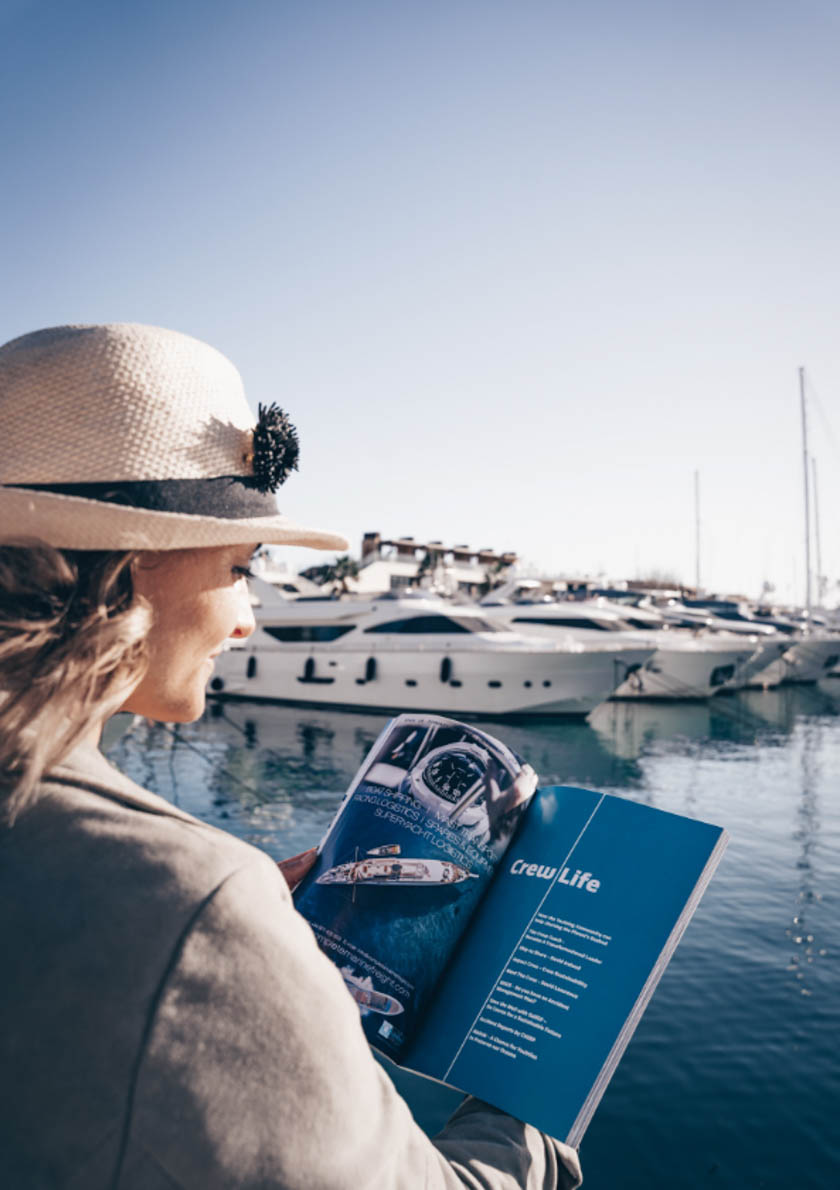Toftevaag sailed into the Mediterranean on June 5, 1990, surfing the waves at Gibraltar with all her sails up in a force 6 westerly. Leaving behind the Atlantic she steered East to Cap Bon in Tunisia, where she was to conduct her first scientific survey on sea turtle nesting. This study that would provide data for the design of a marine protected area (MPA) for turtle nesting, was sponsored by Greenpeace. Skippered by Ana Cañadas and Ric Sagarminaga under the flag of Alnitak, the Toftevaag would soon become a flagship of marine biodiversity conservation in the Mediterranean, pioneering with a new formula of citizen science developed by the Earthwatch Institute.
In April of 2024, after 24 years working to protect the Mediterranean, the Toftevaag will initiate her “Journey to Ithaca”, travelling up the coast of Portugal and Galicia, Biscay, the Netherlands, Denmark and finally the Island of Halsnöy in Norway, where she was born in 1907. Islander will follow this amazing journey and dig into some of the secrets of Toftevaag along the way.
Toftevaag is known mainly from her work with the Cultural Association ALNITAK, developing the MEDTOP, Europe’s largest data base for the conservation of top pelagics of the Mediterranean. MEDTOP in the last years has counted on the collaboration of the Balearic Islands’ Oceanographic Observation System ICTS SOCIB, Fundación Reina Sofía and the US Fish and Wildlife Service. But since 1990, Toftevaag has been the working platform of many of the World’s top oceanographic research institutions (Stanford University Hopkins Marine Station, Duke University Marine Lab, St. Andrews University SMRU, Woodshole Oceanographic Institution, NOAA, NATO ONR, etc.) and wildlife documentary enterprises as BBC, National Geographic or ARTE TV.
In contrast with the technological revolution of the sciences of the atmosphere and oceans, Toftevaag’s job is to slowly explore the open sea ecosystem, zooming in on the ecology of amazing animals as whales, dolphins, seabirds, turtles, or great pelagic fish.
This zooming-in, validates and calibrates the information from satellites, gliders, buoys, and other telemetry data sources that integrate SOCIB, as for instance satellite tags deployed on marine turtles.
The final purpose is not exploration but applied science. Alnitak works on providing data and maps for establishing management measures to mitigate the negative effects of human activities on the marine environment. Some of the main achievements of Alnitak in the last 34 years have been the designing of 18 MPAs, the reconfiguration of maritime traffic under the IMO in Gibraltar and Alboran, the finding of mitigation measures to reduce sea turtle bycatch by over 95% in the Mediterranean longlining fishery, or the mapping of high-risk zones for the use of SONAR for the US Navy and NATO.
But before the Mediterranean, Toftevaag had already proven to be a good working boat in a whole other sector.
The story starts on the beautiful Island of Halsnöy in the Hardangerfjord of Norway. Over time there was not just one shipyard on this island, but around thirty coves where Viking boats and fishing boats were built. Toftevaag was built in the same cove as the famous “Halsnöy boat”, one of the most famous Viking treasures found in Norway.
A small local Maritime Museum has just been opened on the islands where one can see the richness of Norwegian maritime culture.
Toftevaag was build by Johaness Sylsteth in 2007. His grandson, who is still in the ship building & repair business keeps the chest of tools used for her construction, and he has promised to hand them over to Toftevaag when she arrives home again.
Toftevaag was built from Norwegian pine. Now, still around 70% of her hull is the original planking bound together by wooden pins. In fact, if you took a picture of her in black and white, you could sell it as a picture taken in the early 20th Century, when Toftevaag was fishing the North Atlantic.
In our next articles we will give details of the “Journey back home” of Toftevaag (Men and women wanted April – May 2024) and talk about some of Toftevaag’s adventures, starting with “the story of Ants Lepson” during WWII, and the exodus of 70 Estonian refugees on their way to America.





























0 Comments